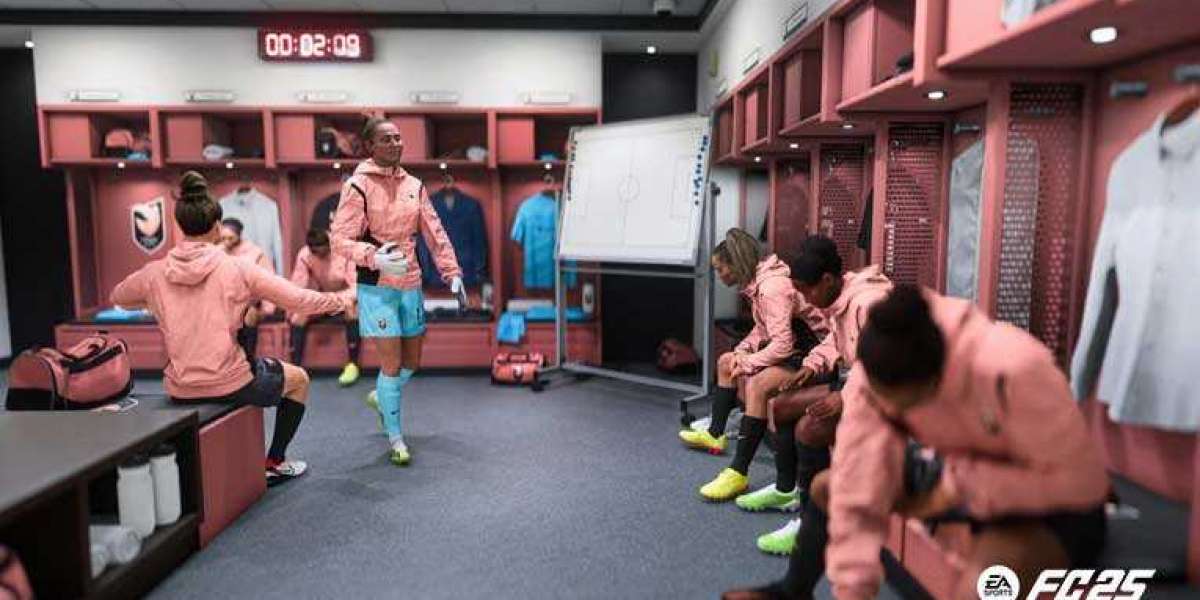In recent years, the incorporation of Critical Race Theory (CRT) into educational curricula has ignited fierce debates across the United States. This theoretical framework, which examines the intersection of race and law, aims to understand how systemic racism influences societal structures. As educators and policymakers grapple with the implications of CRT, questions arise about its role in shaping historical education and the broader impact on students.
Understanding Critical Race Theory
Critical Race Theory originated in the late 1970s and 1980s as a response to perceived shortcomings in traditional civil rights approaches. It posits that racism is not merely an individual prejudice but a pervasive societal issue embedded in laws and institutions. Advocates argue that teaching CRT in schools can help students critically engage with the complexities of race and history, fostering a more nuanced understanding of American society.
For students grappling with these concepts, resources that bolster critical thinking are essential. Utilizing Python Programming Assignment Help from MyAssignmentHelp can provide valuable support, allowing students to enhance their analytical skills, which can be beneficial across various subjects, including history and social studies.
The Case for Teaching CRT
Proponents of CRT argue that it is crucial for developing an informed citizenry. By examining historical events through the lens of race, students can better understand the lasting impact of systemic inequalities. For example, discussions around slavery, segregation, and the civil rights movement reveal not only historical injustices but also contemporary implications for society. Supporters believe that this awareness encourages empathy, critical thinking, and active engagement in social justice.
Furthermore, incorporating diverse perspectives into the curriculum helps to create a more inclusive environment. When students see their histories and experiences reflected in what they learn, it fosters a sense of belonging and validation. This holistic approach to education aims to cultivate not just knowledgeable individuals but also compassionate, socially aware citizens.
Criticism and Concerns
On the other hand, critics of CRT argue that it promotes division and undermines a unified national narrative. Some believe that an emphasis on race and systemic issues can lead to feelings of guilt or resentment among students. In response to these concerns, various state legislatures have enacted laws that restrict or ban the teaching of CRT, citing the need for a more balanced and cohesive understanding of history.
This tension raises critical questions about academic freedom and the responsibilities of educators. How can teachers navigate the complexities of race and history while addressing the concerns of parents and community members? The challenge lies in finding a middle ground that honors diverse viewpoints while providing students with a comprehensive education.
The Broader Impact on Education
The controversy surrounding CRT extends beyond its immediate implications for history classes. It invites educators to reconsider how they approach other sensitive topics, such as colonialism, gender equality, and indigenous rights. In doing so, teachers must engage in self-reflection and seek professional development to foster culturally responsive teaching practices.
As this dialogue unfolds, it becomes evident that the future of historical education hinges on a commitment to critical inquiry and open discourse. Educators equipped with the right tools and resources can facilitate meaningful conversations that empower students to engage with the complexities of their world.
Conclusion
The ongoing debate over Critical Race Theory and its place in education reflects broader societal discussions about race, equity, and representation. As educators strive to provide a well-rounded historical education, they must balance diverse perspectives and encourage critical thinking. By fostering an environment of understanding and dialogue, we can create a more inclusive educational landscape that prepares students for the challenges of the future.








